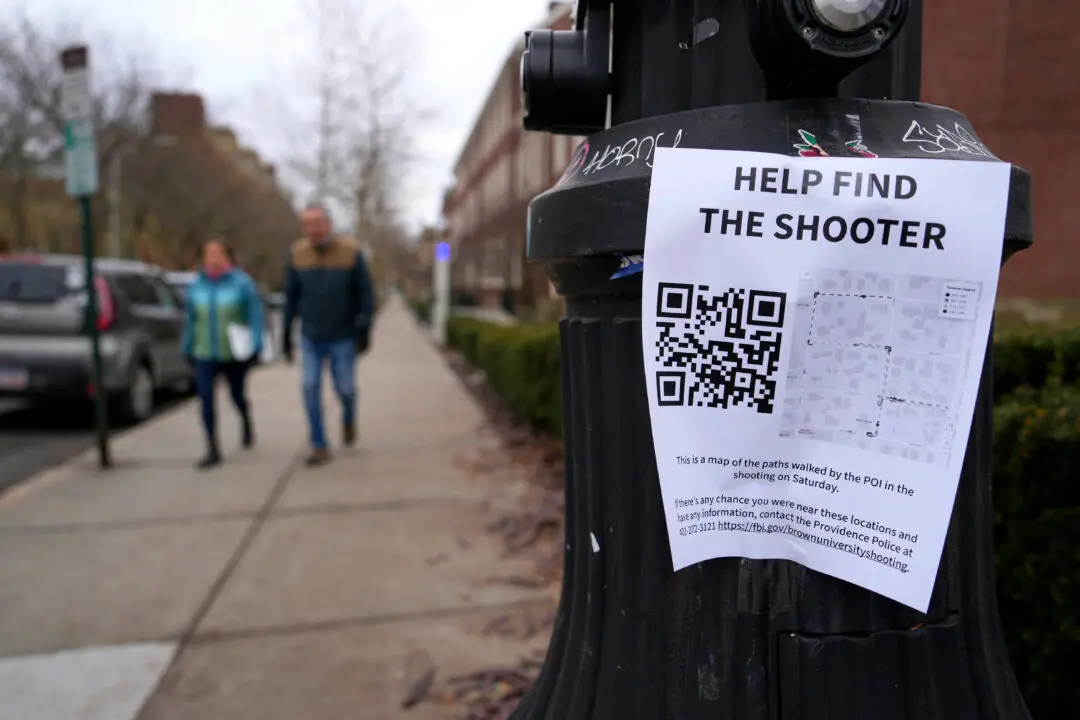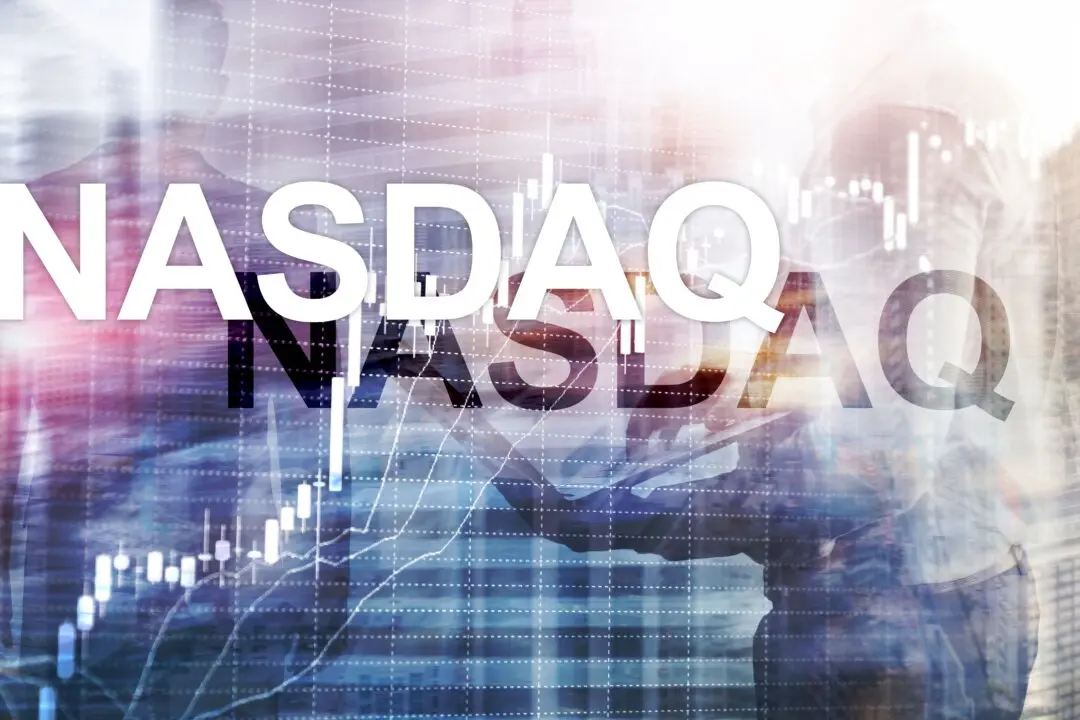WASHINGTON — For anyone considering whether to buy a home or car, the Federal Reserve’s interest rate increase Wednesday shouldn’t raise alarms.
The rates that most people pay for mortgages, auto loans or college tuition aren’t expected to jump anytime soon. The Fed’s benchmark interest rate has limited influence on those things.
Still, the Fed’s move to lift its key rate by a quarter-percentage point will raise short-term borrowing costs for banks. And that, in turn, is intended to prod banks to boost certain other rates. Rates on credit cards and home equity loans and credit lines, for example, will most likely rise, though probably only slightly.
The rate the Fed controls is only one factor among many that can influence longer-term borrowing costs. And the Fed made clear it will assess the economy’s health before raising rates further.
Mortgage rates tend to move in sync with the yield on 10-year Treasury notes. When inflation remains as low as it is now, Treasury notes, with their modest returns, are considered a safe and decent investment. And heavy purchases of Treasurys by U.S. and foreign investors — and by many foreign governments, such as China — help keep those yields low.
“The demand for Treasurys has mushroomed,” said Carl Tannenbaum, chief economist at Northern Trust. “What that means is that for any given monetary policy, interest rates are still going to be lower than they would have been 10 or 15 years ago.”
The Fed’s decision to raise rates is in many ways a healthy sign: It’s a vote of confidence that the economy, 6½ years after the Great Recession officially ended, can finally withstand higher borrowing costs and keep growing at an acceptable pace.
Even with a rate increase, most economists expect consumer spending to stay heathy and solid hiring to continue, perhaps even driving unemployment even further below its current low level of 5 percent. Should the economy stumble, the Fed could postpone further rate increases.
Other trends are also working in consumers’ favor: Gas prices are still falling, and there are signs that paychecks are finally starting to rise after years of sluggish growth.
“These things are good for the consumer and will easily outweigh the impact of a rate increase,” said Chris Christopher, an economist at forecasting firm IHS Global Insight.
The most visible effects of the Fed increases will probably be in short-term borrowing. Rates for credit cards and home equity lines of credit should rise, typically by the same amount as the Fed’s increase. The increases could appear as soon as one or two months after the Fed’s action. Those rates are tied to banks’ prime rate, which responds quickly to the Fed’s changes.
Also, Americans with adjustable-rate mortgages will probably face a higher rate at the date of their next adjustment. Auto-loan costs may rise a well, economists said, though not as fast as the short-term rate the Fed controls. Auto-loan rates typically follow the yield on two-year Treasurys.





